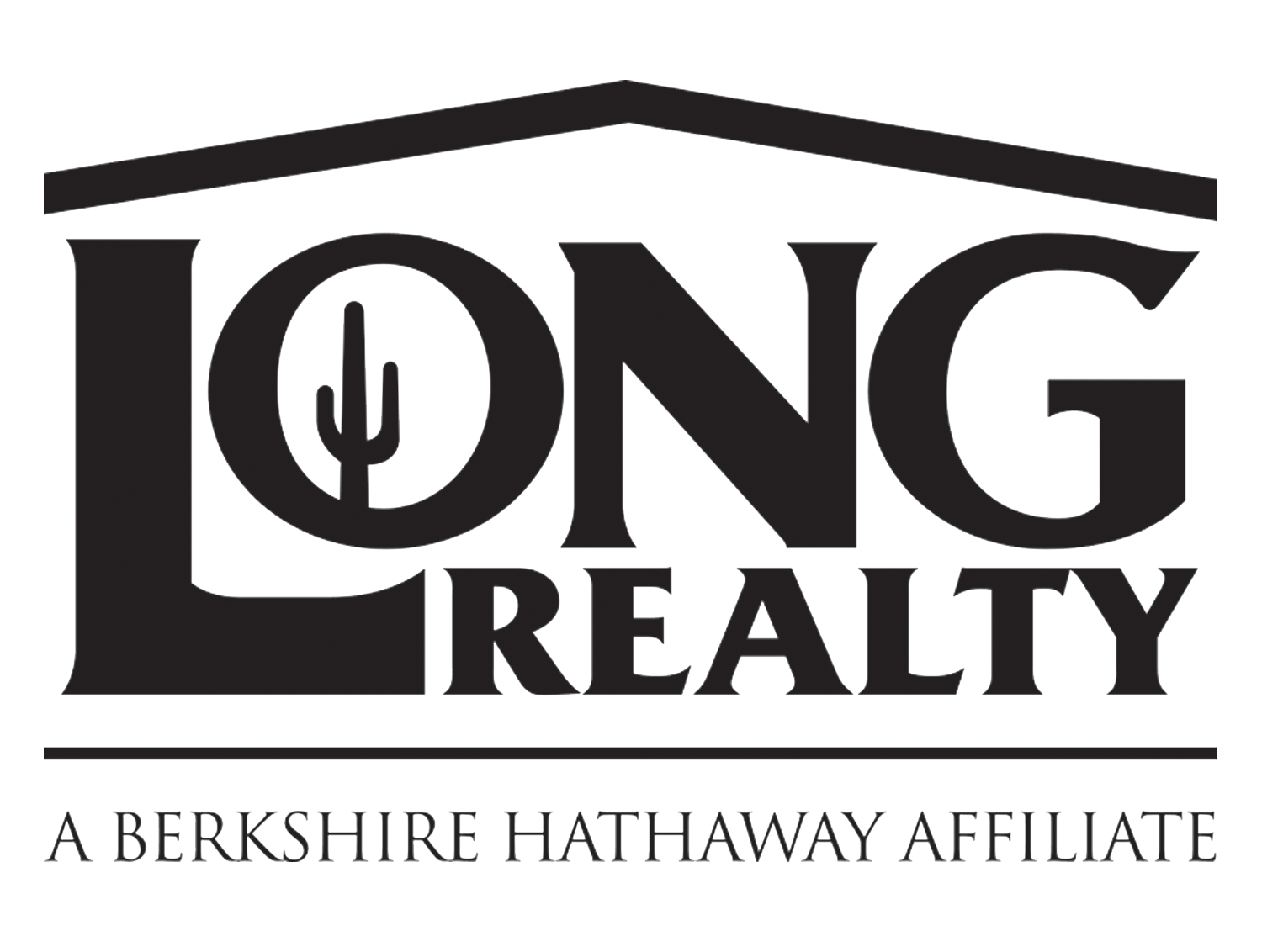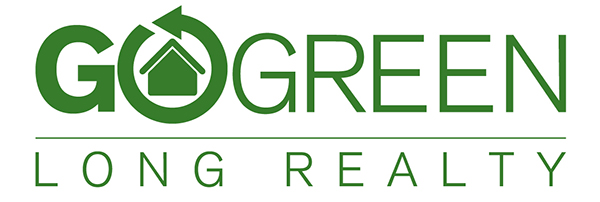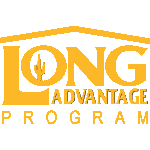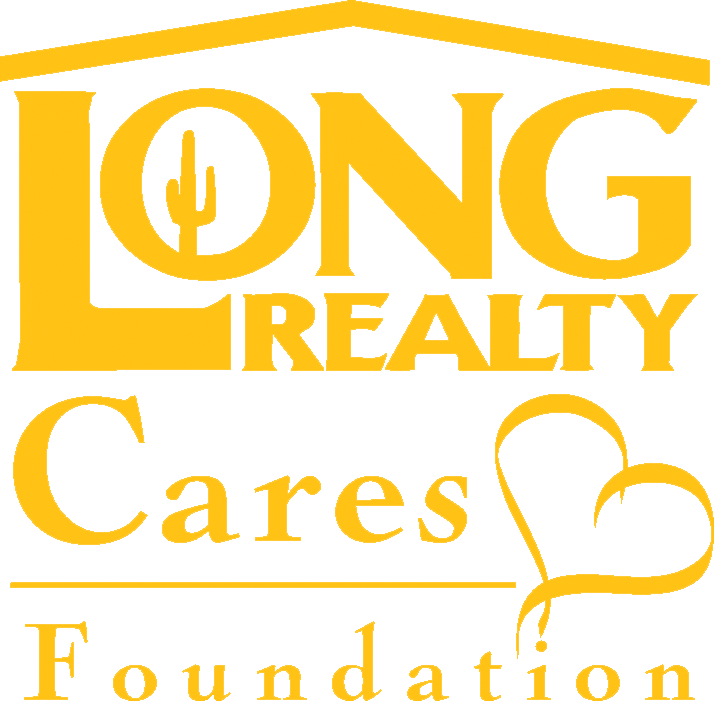Average interest rates on 30-year fixed mortgages fell again this past week to 4.87% which was down from the previous week’s 4.95%. Concerns that rising oil prices due to the uprising in Libya may impact consumer spending has spurred investors into bonds and Treasury notes. Typically these markets track closely with interest rates. Other mortgage products seeing declines were the 15-year fixed falling from 4.22% to 4.15% and the 5-year ARM declined to 3.72% from 3.80%.
|
|
|||||
|
Filing income tax returns is an annual rite of dread for most Americans. Winding through the maze of deductions, credits, rules and forms can be quite a chore. Even if you use a tax preparer it still is a time consuming process to organize all the information they’ll need to complete your return. However, it’s crucial to your bottom line to take advantage of all the existing tax deductions. Thankfully for homeowners there do currently exist a number of tax deductions and advantages. For detailed information please consult your tax advisor but here are a few highlights.
It’s not commonly advisable that any buyer make their decision to purchase solely on these tax benefits available to homeowners, but it can tip the scales when doing an overall analysis of renting vs. buying. It certainly can offset some of the additional expenses that homeowners have for maintenance and upkeep. Ultimately each individual should consult with their tax professional for a detailed analysis of how a home purchase may impact their specific financial situation. The Good Faith Estimate (GFE) is a standardized document designed to allow buyers an easy way to compare mortgage loan and settlement services. Its use originates by federal law under the Real Estate Settlement Procedures Act (RESPA) in which a mortgage lender or broker must provide a customer this written cost estimate within three days of applying for a home loan. The GFE includes a list of itemized fees and costs associated with the loan, hopefully encouraging buyers to easily shop around for the best loan terms. Prior to giving a GFE, loan originators are only permitted to charge for the cost of a credit report. Its use is intended to clarify associated costs with a loan and help protect against “kickbacks” between service providers which are illegal under RESPA provisions. Among the key points listed in the GFE are loan summary items which include loan amount, loan term, initial interest rate, monthly amount owed for principal and interest, whether or not your interest rate can rise, and whether or not a prepayment penalty exists. Also listed in the initial section of the GFE are the important dates which set up the structure of how long the rate listed in the GFE is valid for, how long the all other settlement charges section is available for, and how long in advance you may lock your interest rate. The other major area covers settlement costs, or closing costs, which are listed and will include fees for credit reports, appraisals, title insurance, and various other services that may be provided. Some of these services are required services that the loan originator selects a provider for, and others you have the ability to shop for your own provider. However, another important note with closing costs listed on the GFE is that some of the settlement charges listed are not allowed to increase at closing (origination fee, points for the specific interest rate chosen), some may increase by up to 10% (including required services that loan originator selects, title services and lender’s title insurance, government recording charges), and others can change with no limit (initial deposit for an escrow account, daily interest charges, homeowner’s insurance, and required services that a buyer selects when not using a provider from among the originator’s selected list). A helpful part of the GFE is the shopping chart and tradeoff table which breaks down different types of loan products and how payments may change based upon higher or lower settlement charges paid up front. The GFE should be retained for the lender and loan chosen as you’ll be able to compare it with the actual final costs provided on the HUD-1 closing statement. Also, for a detailed explanation of the GFE you should read HUD’s Settlement Cost Booklet which is provided by lenders within three days of applying for a mortgage loan and can further enlighten customers about the details of closing costs. To preview this booklet from HUD’s website please click here. January existing home sales rose 2.7% nationally in January to an annual rate of 5.36 million. This is the third consecutive month that existing home sales have continued to rise and they also now sit above levels of one year ago by 5.3% when sales were at a 5.09 million annual rate. According to National Association of REALTORS Chief Economist, Lawrenece Yun, this is very favorable news. “The uptrend in home sales is consistent with improvements in the economy and jobs, which are helping boost consumer confidence,” Yun said. “The extremely favorable housing affordability conditions are a big factor, but buyers have been constrained by unnecessarily tight credit.” Sales of existing homes were primarily to repeat buyers but first-time buyers did account for 29% of the transactions while investors made up a 23% segment of the purchases. This reflects an uptick in the last couple months of investor purchases that also parallels with an increase in cash transactions which made up 32% of the market share. While a long way still remains to see definitive market stability it’s a positive sign that sales have been increasing and the amount of inventory fell another 5.1%, which represents a 7.6 month supply. Historically a 6 month supply of homes is what NAR terms a balanced market. Distressed housing still accounts for just over a third of housing sales and this will continue to put some downward pressure on prices, but over the last year median pricing has only fallen 3.7% nationally. As sales increase and inventory levels diminish then pricing stability will likely follow. Today’s consumer is typically a more astute buyer when it comes to shopping around for the best deal. The Internet era allows us to price out items from traditional brick & mortar stores, to online only retailers, or even second hand sites like eBay or Craigslist. So you’d think that perhaps the largest payment a family is likely to make such as a mortgage would be shopped extensively. However, it might surprise you that 40% of home buyers obtain only one mortgage loan quote before choosing which mortgage to proceed with. Not only that, but a mere 28% of buyers say they’re confident they got the best mortgage deal available to them. So why don’t buyers take the time to shop for the best deal on such a large item? Well, according to a poll conducted by Lending Tree nearly 70% of the respondents said they find shopping for a mortgage to be a frustrating experience. More than 20% of those respondents indicated the complexity of the terms made shopping mortgages difficult while another 20% were exacerbated with the amount of time it takes. While searching for the best loan may not be appealing, it should be endured at the very least to make sure you’re spending as little money as possible. It’s a safe bet some percentage of those discouraged from shopping mortgages clip grocery coupons that might save them 50 cents, than why not take the time to learn more about mortgages to save hundreds and thousands. It’s ALWAYS a good idea to shop multiple lenders and even different types of loan products. It can be overwhelming at times especially when one lender may have a better deal than another on one mortgage product, but a worse deal on another type of product. So here are a couple basic things to keep in mind to help you shop around:
By shopping around for a mortgage you will likely spend some precious time upfront, but it can literally save thousands in the long run. Also don’t be afraid to ask for advice from your tax or finance professional to guide you. Mortgage interest rates on a 30-year fixed home loan increased this last week to finish at an average of 5.05% according to Freddie Mac. This represents an upward surge from the previous week which finished at 4.81%, but is nearly on par with a year ago when rates were 4.97%. As the broader economy continues to show improvement long-term bond yield rates are likely to rise which will put upward pressure on interest rates as well. A plurality of economists are expecting interest rates for mortgages to steadily climb further in the coming years as government intervention in the lending industry subsides. While the current rate is higher than the recent historic lows they are still attractive from a historical standpoint and will likely be seen as an exceptional value in coming years. In what hopefully is a good omen for the beleagured real estate industry, it appears some lenders are becoming more lenient with qualifications for buyers. Last month Wells Fargo announced that FHA loans they originate would be available for buyers with credit scores as low as 500. This does require that the borrower have anywhere from 5-10% for a downpayment and the downpayment must not be gifted or part of an assistance program. A move towards making loans more available will be welcome news for the real estate industry, which saw lenders retract severely from the widespread irresponsible lending of the last decade. This shift is further embodied by many lenders once again originating jumbo loans which had nearly disappeared in the last couple years. The real estate industry specifically and economy in general will benefit from the prudent lending of money by banks to well qualified buyers. The absolute first step in purchasing a home is deciding whether you want to even buy a home or if renting might be a better option. Polling data shows that 95% of home owners and 72% of renters say that owning a home is the smart decision over the long term. Not only that but 93% of home buyers are happy with their decision to purchase and would buy again. Now, that’s not to say that buying a home is the right decision for every family and one must critically analyze your situation to determine what makes the most sense. However, even among renters 63% say they’re somewhat likely to purchase a home in the future. Home ownership has been tied with the idea of the “American Dream” and perhaps that’s one reason that 56% of home owners say they’re very or extremely satisfied with the overall quality of their family life, while only 36% of renters describe themselves in that way. So what factors should you consider when debating a home purchase vs. renting? Of course affordability is one of the primary criteria. The relatively affordability of buying compared with renting is constantly changing and very recently through the “Great Recession” this pendulum has swung in favor of purchasing in nearly three quarters of the largest cities in the United States. Real estate pricing is always very local though so investigate your area to determine how the overall cost of ownership vs. renting stacks up. With today’s interest rates and cheaper housing than in previous years it’s certainly worth a close look at making a purchase. The other main factor to consider before deciding to purchase is your stability. This means both job stability to be able afford the house payments, maintenance, and other associated ownership costs over a long term view. Another form of stability to examine is also your likelihood of staying in the same city. While homes can always be sold, today’s market demonstrates it’s not always quickly and for the price that you may need to get. Typically someone staying in a city for a short time period would want to avoid purchasing a home as even if the home were to appreciate there are costs for selling which can eat into any potential profits and make a loss a real possibility when selling shortly after buying. Homes should be looked at first and foremost as a lifestyle decision and a home in which to establish roots. While many people over the years have been able to make money off of home ownership it’s not necessarily always an investment tool. Having said that, one of the greatest benefits of buying a home is the build up of equity which occurs with each payment, particularly many years into a loan at which time principal reduction is greatest. Money spent on rent is gone forever in comparison. There are many cases of people renting the same home for 30 plus years, completely paying off the home for the landlord, while themselves having nothing to show for their expense. Buying vs. renting will always be a personal choice and some people will always prefer one over the other. Before making any decision though give some of the above factors a close examination to help you make the right choice for you and your family. One of the biggest benefits in purchasing a new construction home from a builder is having the opportunity to customize the home to your specific tastes. For some buyers this is a daunting task as there are typically many available options, colors, and designs to choose from. Things can get even more complex if a couple buying a home don’t have similiar tastes. Throw in a REALTOR© , interior designer, builder sales consultant, or other family members and the potential for confusion escalates. Here are a few key items that may alleviate some of the stress in making these purchase decisions. Most production new home communities will allow you to select options relating to: architectural features, plumbing, doors & windows, electrical, and insulation. Often times these selections are made at the sales office and then a separate appointment will be made with an in-house or affiliated design center to choose the colorization items. Give ample time to each selection and most of the time taking home a list of available options is the best way to accomplish this goal. This way you can discuss each item without time pressure. Ranking the items in terms of their relative importance is another good idea to determine which items should be selected first when attempting to stay within a budget. To help pare down the list you might want to start first be eliminating all items that are definitely not within a budget or unimportant to your needs. Another key ingredient in making your selections is to solicit advice and do research, particularly if there are upgrades that you aren’t familiar with. Your REALTOR© and family & friends can all be good sources of guidance. Also, don’t overlook the builder’s sales associate as a potential resource of guidance since they often are more intimately familar with upgrade the specifics of upgrade items. Keep in mind that some of these agents may have incentives/income tied to selling you upgrades, but many do not and will be honest with their functionality. There are many resources available online to research products or you can solicit the advice of local contractors as well. Typically the most worthwhile upgrades in terms of cost effectiveness are structural upgrades such as patios, decks, and bay windows which may be difficult to recreate after the fact. Trying to add some of these features later may end up being more expensive and often these upgrades do contribute a larger percentage return on a home’s resale value. Builder costs can vary wildly so make sure the cost you’re paying for an item isn’t less than you could make the change for later. There is a caveat to this though and that is many people who say they will change items later themselves don’t end up doing so. There is some value to having the builder take care of it and not having to deal with the time it takes to remodel or coming up with the cash to perform the work. Upgrading a home should be a fun and exciting process. Make sure you set a strict budget beforehand and utilize the resources available to you in order to end up with an excellent finished product. The Stone Canyon community has established itself as the preeminent spot of Tucson for luxury homes. Encompassing 1,400 acres of pristine land nestled against the Tortolita Mountains, it features a Top 100, world-class golf course and unsurpassed panoramic views. This exclusive gated community has also played host to the Street of Dreams event, which showcased the region’s top architects, builders, and interior designers, all collaborating to design luxury homes which were open to public viewing. A hidden gem has emerged within this secluded desert retreat in the form of Stone Canyon’s Stonegate golf villas. Primarily built in an enclave of lots adjacent to the new Stone Canyon Sales Office, these villas offer three spectacularly designed homes from the renowned architect Barry Berkus. Always an appealing option in Stone Canyon, these homes are now a true value with a recently re-launched price point of $720,000 – $760,000 for the homes ranging in size from 2,430 square feet to 3,082 square feet. While clearly much more expensive than the average buyer can afford in Tucson, these homes are a relatively bargain for this private community. Another attractive component of the golf villas is the ability for purchasers to be “hands off” during the construction phase. Unlike other Stone Canyon homes which reside on custom lots and require sometimes excruciatingly long-lasting design & review processes, these floor plans are already approved and ready ro begin. Built by our sister company, StoneWest Construction, you can be assured that the attention to detail and exceptional build quality will exceed expectations. For more details please contact us today. |
|||||
|
|
|||||








Connect With Us!